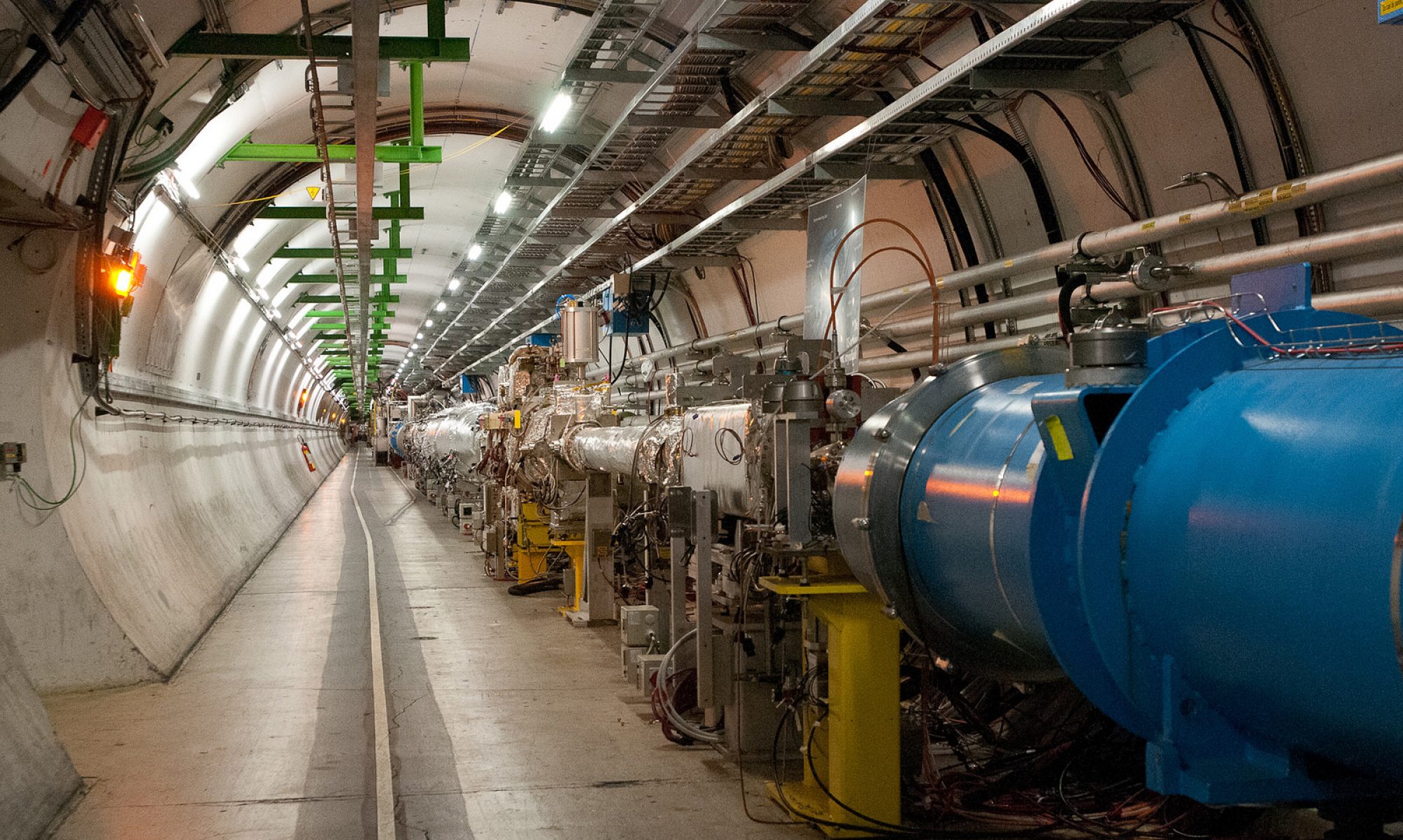Take the SLAC Library Survey
Not too long ago, the SLAC Library occupied a large space on the second floor of Central Lab [1], the heart of the administrative and research activities here at SLAC. Due to shifting priorities at the lab, and the need to renovate existing space in Central Lab for future experiments, the library was packed up and moved to new quarters. Those quarters are in the lobby of the Computing Center (Building 50). The amount of space lost between the old digs and the new digs is unimaginable and most of the library’s collection is now stored of reach of the average browser or library-goer.
The laboratory assembled a task force [2] to determine the fate of the library. My understanding is that this task force is deciding between several possible scenarios, such as an all-electronic library. My own opinion of this kind of choice is that it is devastating to an entire field of research. Before I go into the next paragraph of opinion, I invite you to take the SLAC Library Survey yourself – note that the very last page of the survey offers a big text box where you can express your own thoughts on why a library like SLAC’s is a useful resource (or not . . . your opinion is entirely your own).
Here is my opinion.
The United States is faced with a grim economic situation and part of restoring the strength of the U.S. economy is to make investments in education and science that train the next generation of innovators so that we can produce the discoveries that create new economic sectors or opportunities. Part of the U.S. scientific investment portfolio is its national laboratory system. SLAC is unique in this system in many respects, primarily because of the openness of the lab combined with its extremely close ties to Stanford University, just two miles down the road.
With the Visiting Scholar program here at the lab, even a lab user can gain access to Stanford Libraries. However, not having a library physically at SLAC does create a barrier between you and your resources. Not only that, but it’s not even clear to me that should all the resources of the SLAC library go to Stanford, there is any room to display them as a single collection for researchers to browse. The SLAC and Stanford Libraries have electronic journal access, but there are many books and conference proceedings available only in print.
I view the resource afforded by the SLAC Library as part of enabling the positive Black Swan [3]. The Black Swan is the unexpected event that completely changes the course of your thinking. It’s the swan that, when discovered, takes the induction that “all swans are white” and turns it on its head. These positive Black Swans are responsible for the general progress of science, and our field is no different. Having the ability to go looking for one thing in a library and find something totally unexpected on a neighboring shelf – something that changes the course of your thinking – in invaluable and currently unreproducable online.
There is also no way to quantify the benefit as too small – libraries cost money, for sure, but the value of even a single discovery enabled by happenstance library browse is priceless. Another way to look at a library is to wonder how many people have been able to determine that an alley is blind, just by looking over past work, before they march down that alley? How much wasted effort, spent reproducing a failed result, is prevented by a resource like a library? Can you quantify that, and put it on an Excel spreadsheet?
Digital publishing has enabled a glut of information to be available at your fingertips. The problem is that, unlike a library, it’s not ordered in a useful way. The library cataloging system has not yet been replaced by keywords, and there is no substitution for the human eye and its ability to browse. SPIRES is nice, but when I use it I find half the time I get too much information and the other half I get too little. Digital searching takes a glut of information and returns a glut of information, while the library smooths out the fluctuations and allows the mind to focus on a new idea, an interesting title, an old undigitized book.
I worry that at a time when innovation is so critical to the U.S., SLAC is considering disposing of an engine of innovation to its research community. When reading “Beamtimes and Lifetimes” by Sharon Traweek, I was struck by her description of the SLAC library. She noted that it was never that busy, that there were people reading or napping, but not too many of them. That level of usage hasn’t changed much since the 1970s, when she wrote her description; yet, SLAC has been involved in major, Nobel-prize-worthy discoveries in that time and, I believe, should continue to do so. I worry that once we cast away a fundamental resource like a library, used frequently or not, we’ll lose even the infrequent browsings that create rare, Nobel-prize-winning work.
[1] http://steve.cooleysekula.net/blog/2008/06/26/i-remember-libraries/
[2] http://today.slac.stanford.edu/a/2009/03-30.htm
[3] Taleb, Nicholas Nassim. “The Black Swan: The Impact of the Highly Improbable”
